FontanaArte hosts a design showcase at Gae Aulenti’s house
It’s open house at Gae Aulenti’s place during Salone del Mobile as FontanaArte explores the legacy of the art director who made Milan’s Brera district

Before Futurism reached full swing, Milan was taking its fledgling steps towards becoming a mini-metropolis. New architecture attracted the creative community that would transform it into the design capital of the world. Among them was Gio Ponti, intent on building a company where design and technology could shape creativity and innovation. In 1932, he co-founded FontanaArte with Luigi Fontana and Pietro Chiesa, and the trio went on to work with some of the biggest names in Italian design.
These days, the company’s creative direction is steered by Francesco Librizzi, who keeps Milan’s past in mind as he looks forward to its future. Since the times of Leonardo da Vinci, people have moved to Milan to study and work, making it a city of migrants and creators who care deeply about cultural progression. Librizzi has used this creative heritage to open a dialogue between the masters of Italian design, past and present. He felt that, with Salone del Mobile in town, this April was a good time to show the parts of Milan that have impacted on, inspired and contributed to the spirit of FontanaArte. To do so, he selected three figures fundamental to the city’s history – Gae Aulenti, Stefano Boeri and Gio Ponti.
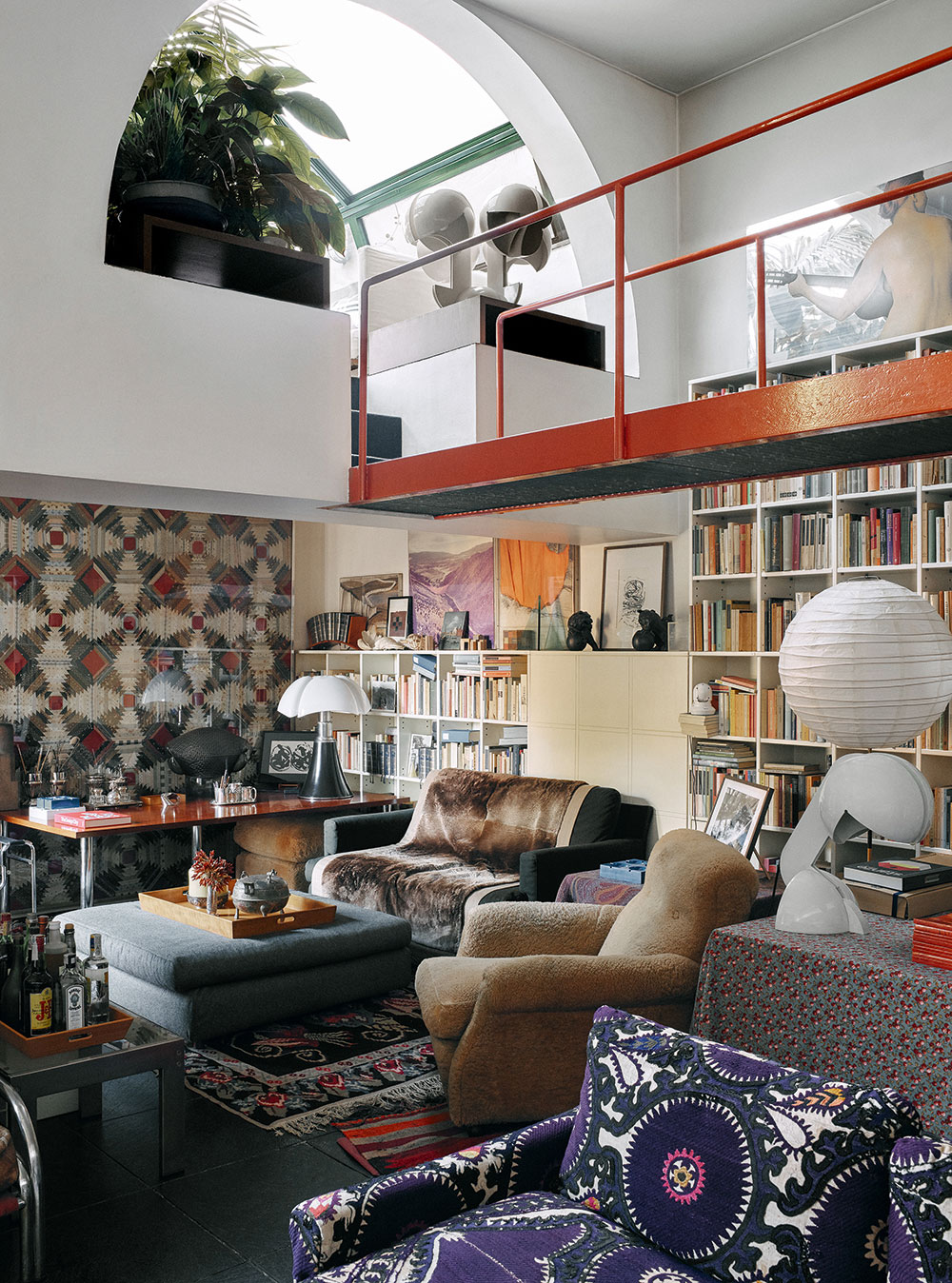
The living room, with Aulenti’s colourful textile collection, and her 1965 ‘Pipistrello’ and 1968 ‘Ruspa’ table lights for Martinelli Luce.
Aulenti was FontanaArte’s art director from 1979 to 1996. She made Milan’s Brera district – where she bought both her apartment and office in 1973, reconfiguring them to connect via a doorway on the top floor – her creative base of operations. Aulenti’s family now uses the space, which is just as she left it, as the home of her official archives. During Salone, the public will have the opportunity to see inside Aulenti’s house, usually only open by special appointment.
‘Her time at FontanaArte led to some of the most radical pieces in Italian design,’ says Librizzi. ‘Her “Tavolo con Ruote” table is a work of architecture, not design. It surpasses its function as a mere object with a symbolic, structural movement.’

Aulenti’s 1960s ‘Locus Solus’ stools and side table for Poltronova, in the top-floor solarium
Aulenti lived in her Brera apartment from 1974 until her death in October 2012. Its interiors reflected her eclectic tastes, including furnishings of her own design, such as the ‘April’ folding chairs created for Zanotta in 1964. A limited-edition Roy Lichtenstein carpet dominates one wall of the living room, while the sofa is covered in a fabric that she picked up on her travels. Even her ‘Festo’ table, designed for Zanotta, sports a custom felt top. One of Aulenti’s architectural additions to the apartment was a walkway over the living room that leads to a solarium overlooking Piazza San Marco, lit in the evening by one of the ‘King Sun’ lamps she designed for Kartell in 1967. In the bedroom, books from her extensive library overflow onto stools. Among the many pieces that Aulenti designed for FontanaArte is the ‘Tour’ table, with a bevelled glass top resting on four pivoting bicycle wheels.
Elsewhere in the city, Gio Ponti is celebrated at the Torre Branca, a building he completed in 1933. ‘It was the first modern mark on the urban landscape,’ Librizzi says. ‘It is an observatory but also a landmark. You look at the city from it, while, in turn, the city looks at it.’ Meanwhile, at the FontanaArte showroom, Stefano Boeri will present a new lamp designed for the brand. ‘He has a unique approach to the dimensions of the city and landscape,’ Librizzi says, having personally selected Boeri for this project. ‘We consider him to be a bridge between our heritage and the future’.
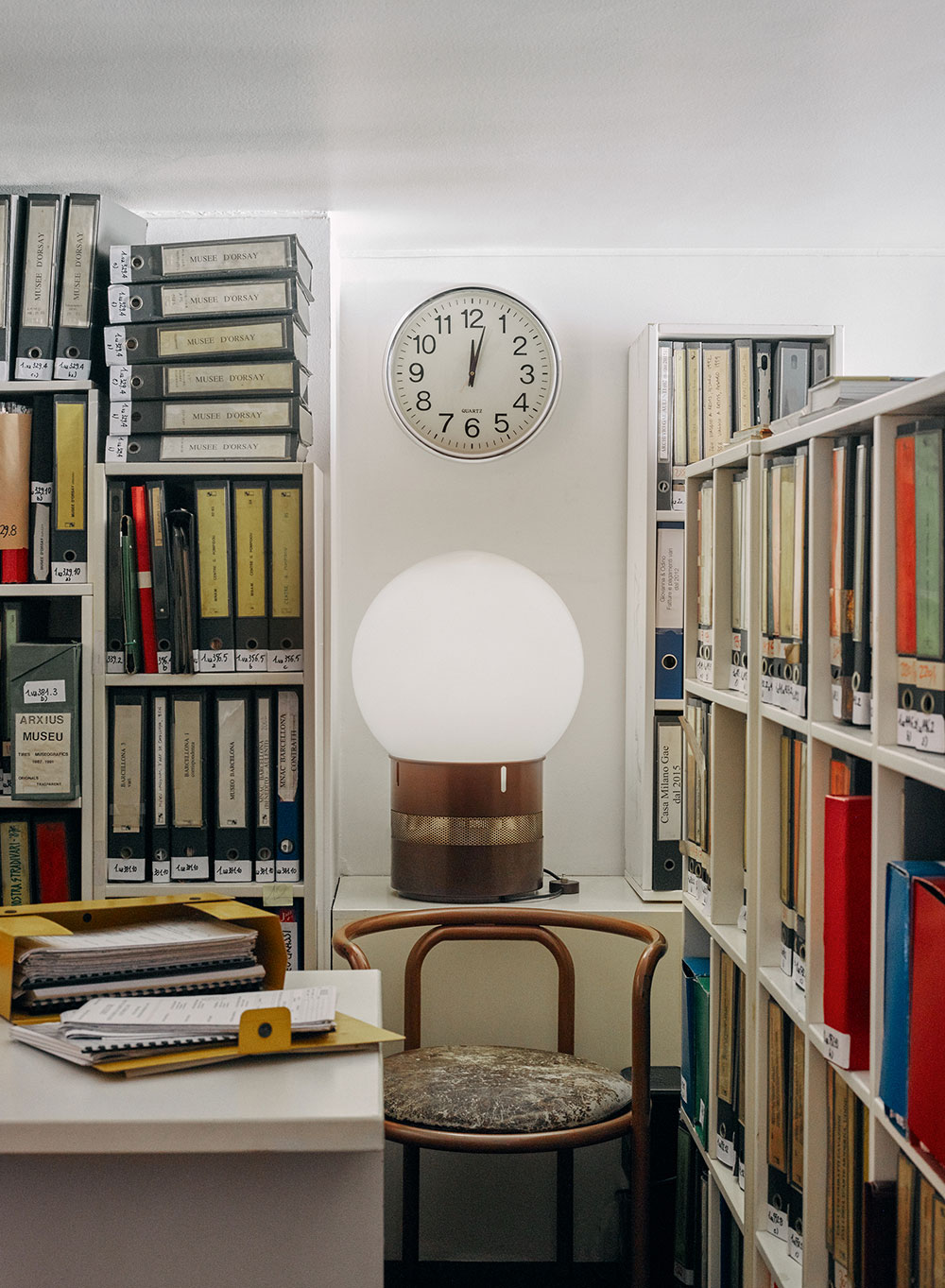
The office area and archives, with Aulenti’s 1969 ‘Mezzo Oracolo’ table lamp for Artemide, and 1964 ‘Locus Solus’ chair
It seems that FontanaArte is intent on bridging this gap in 2019. When your brand is so rooted in history, it is important to acknowledge this, while remaining as committed to the contemporary as Gio Ponti and his peers were back in 1932. ‘We are proud to mark the start of Salone with locations that are symbolic for us and for Milan,’ says CEO Giuseppe Di Nuccio. ‘We are both Milanese and international more than ever before.’
As originally featured in the May 2019 issue of Wallpaper* (W*242)
INFORMATION
Gae Aulenti Archive is at via Fiori Oscuri 3; Torre Branca is at Viale Luigi Camoens 2; and the FontanaArte flagship store is at Corso Monforte 13, Milan. For more information, visit the FontanaArte website
Wallpaper* Newsletter
Receive our daily digest of inspiration, escapism and design stories from around the world direct to your inbox.
-
 Naoto Fukasawa sparks children’s imaginations with play sculptures
Naoto Fukasawa sparks children’s imaginations with play sculpturesThe Japanese designer creates an intuitive series of bold play sculptures, designed to spark children’s desire to play without thinking
By Danielle Demetriou
-
 Japan in Milan! See the highlights of Japanese design at Milan Design Week 2025
Japan in Milan! See the highlights of Japanese design at Milan Design Week 2025At Milan Design Week 2025 Japanese craftsmanship was a front runner with an array of projects in the spotlight. Here are some of our highlights
By Danielle Demetriou
-
 Tour the best contemporary tea houses around the world
Tour the best contemporary tea houses around the worldCelebrate the world’s most unique tea houses, from Melbourne to Stockholm, with a new book by Wallpaper’s Léa Teuscher
By Léa Teuscher
-
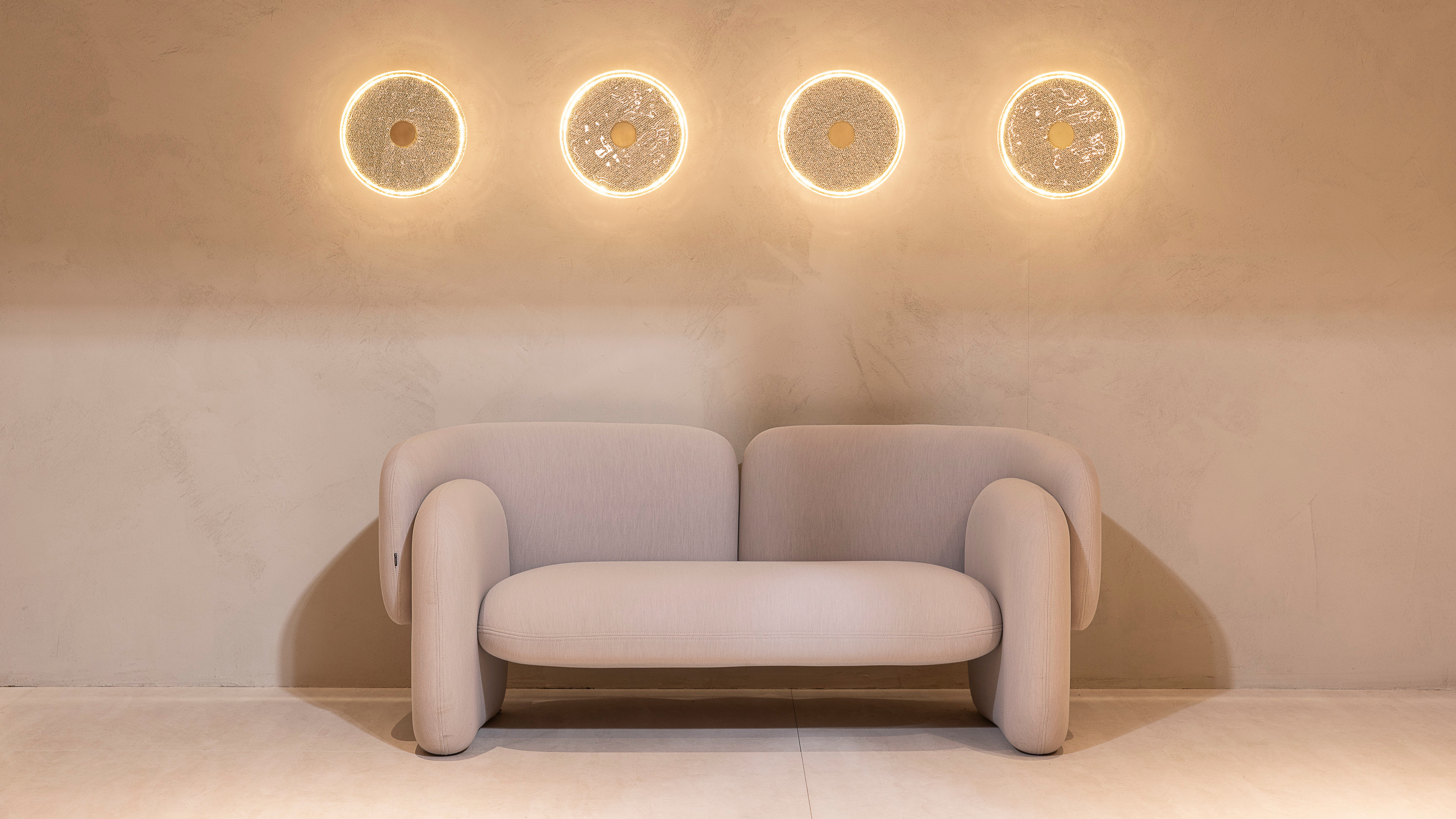 Lasvit brought forest, fabric and frozen light to Euroluce 2025
Lasvit brought forest, fabric and frozen light to Euroluce 2025Czech glassmaker Lasvit’s 2025 lighting launches look to nature for inspiration and reflection
By Ali Morris
-
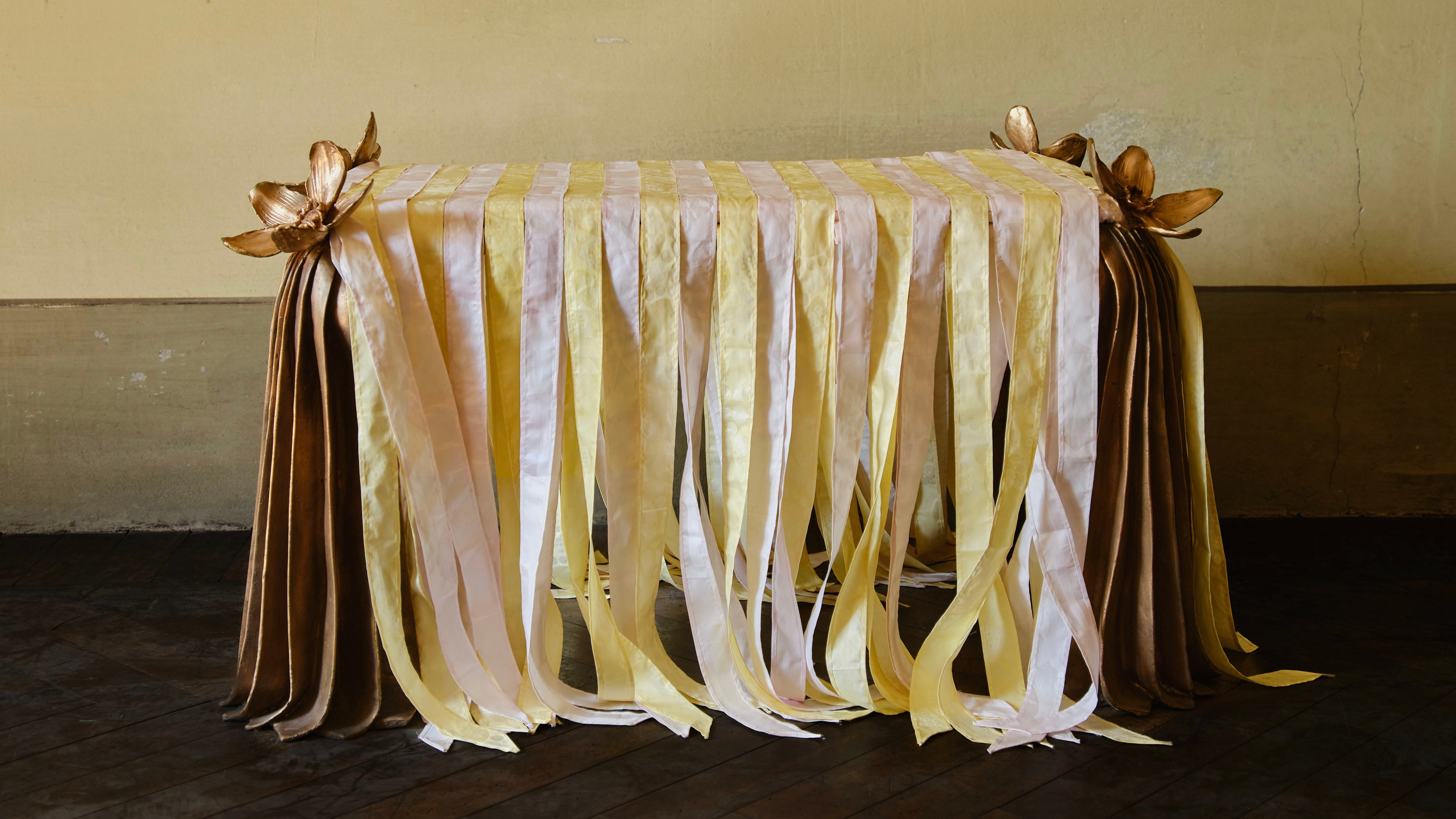 Conie Vallese and Super Yaya’s beribboned bronze furniture is dressed to impress
Conie Vallese and Super Yaya’s beribboned bronze furniture is dressed to impressTucked away on the top floor of Villa Bagatti during Milan Design Week 2025, artist Conie Vallese and fashion designer Rym Beydoun of Super Yaya unveiled bronze furniture pieces, softened with hand-dyed ribbons in pastel hues
By Ali Morris
-
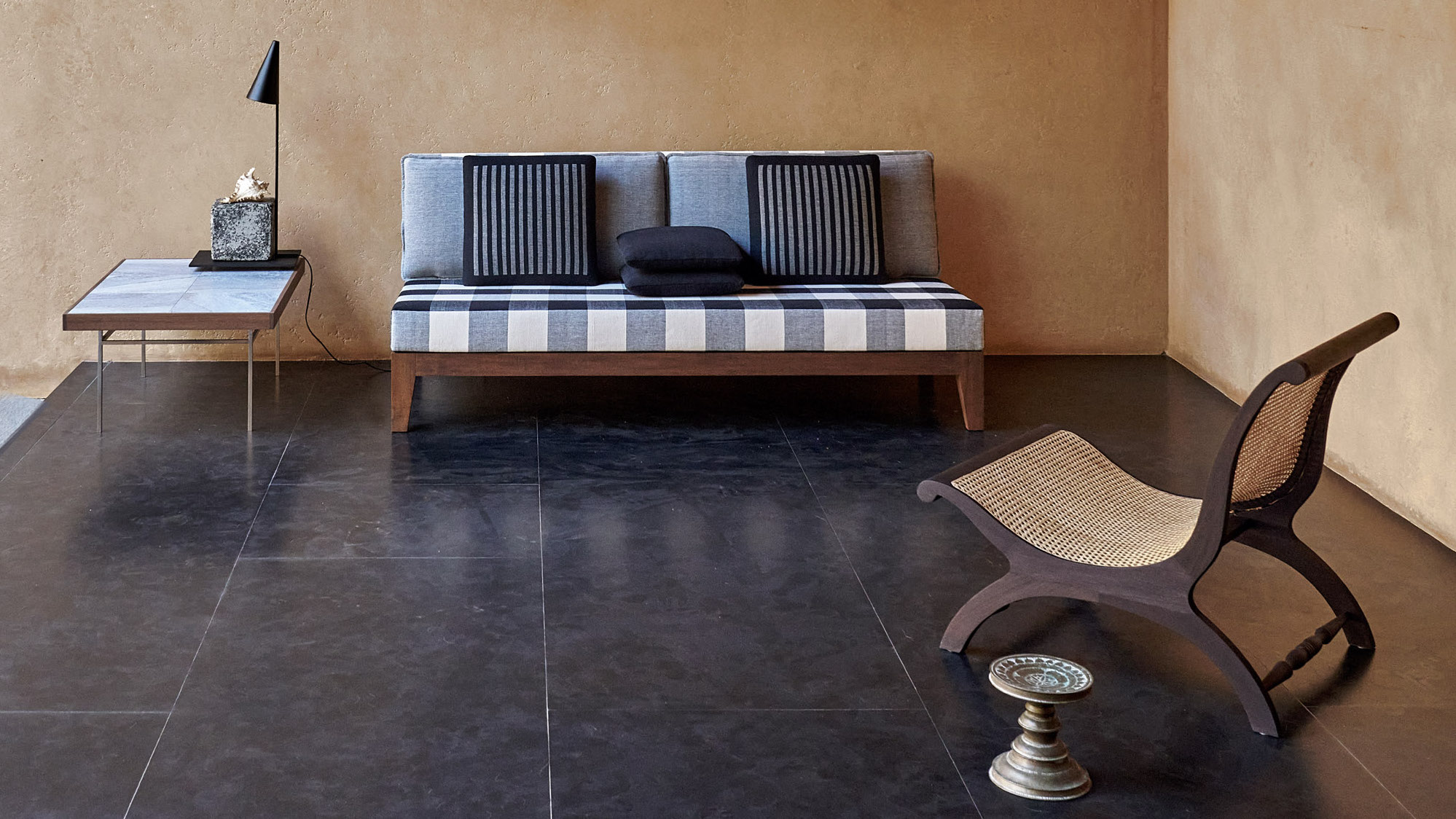 Geoffrey Bawa’s furniture designs are revived – a tropical modernist treat
Geoffrey Bawa’s furniture designs are revived – a tropical modernist treatBangalore studio Phantom Hands cultivates the furniture legacy of Sri Lankan tropical modernist pioneer Geoffrey Bawa
By Jonathan Bell
-
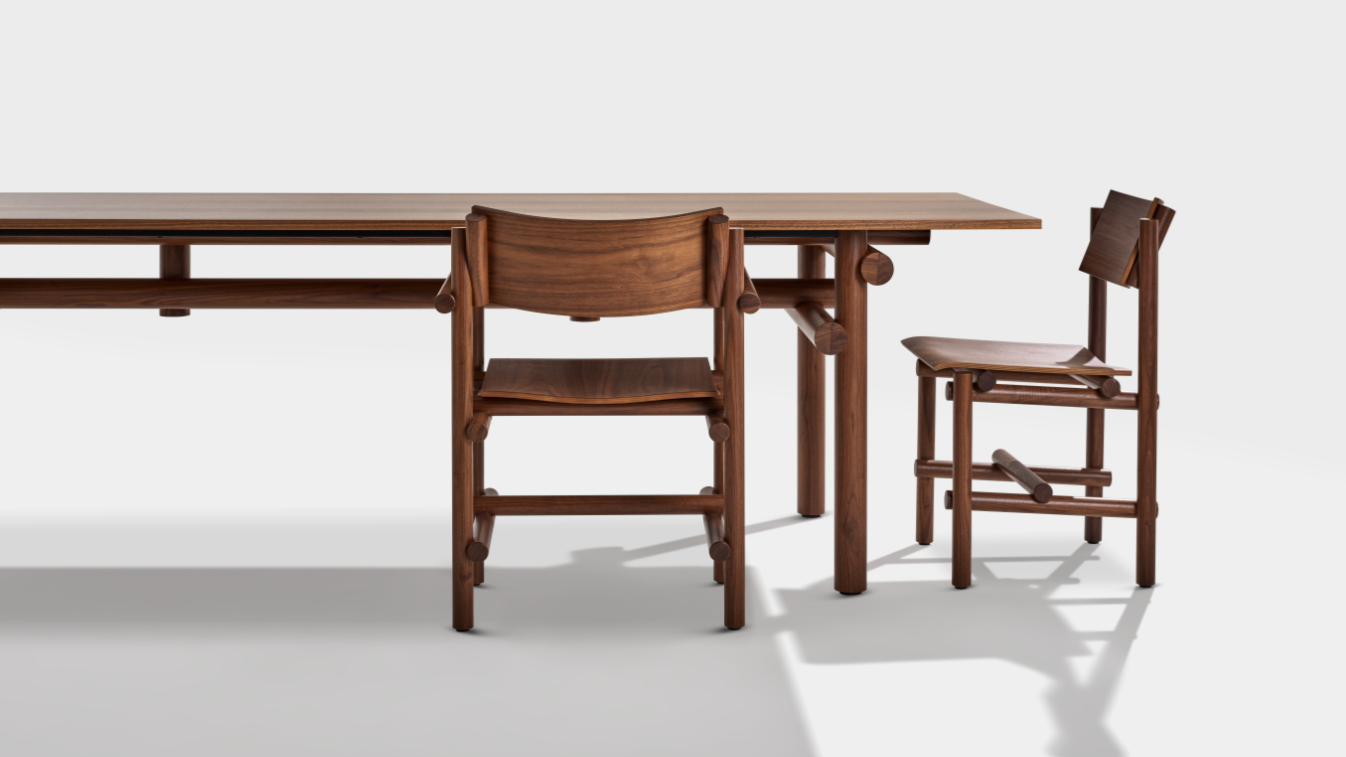 Tectonic modernity makes for fine dining furniture from Knoll
Tectonic modernity makes for fine dining furniture from KnollThe new ‘Muecke Wood Collection’ by architect Jonathan Muecke for Knoll brings artistry to the table
By Hugo Macdonald
-
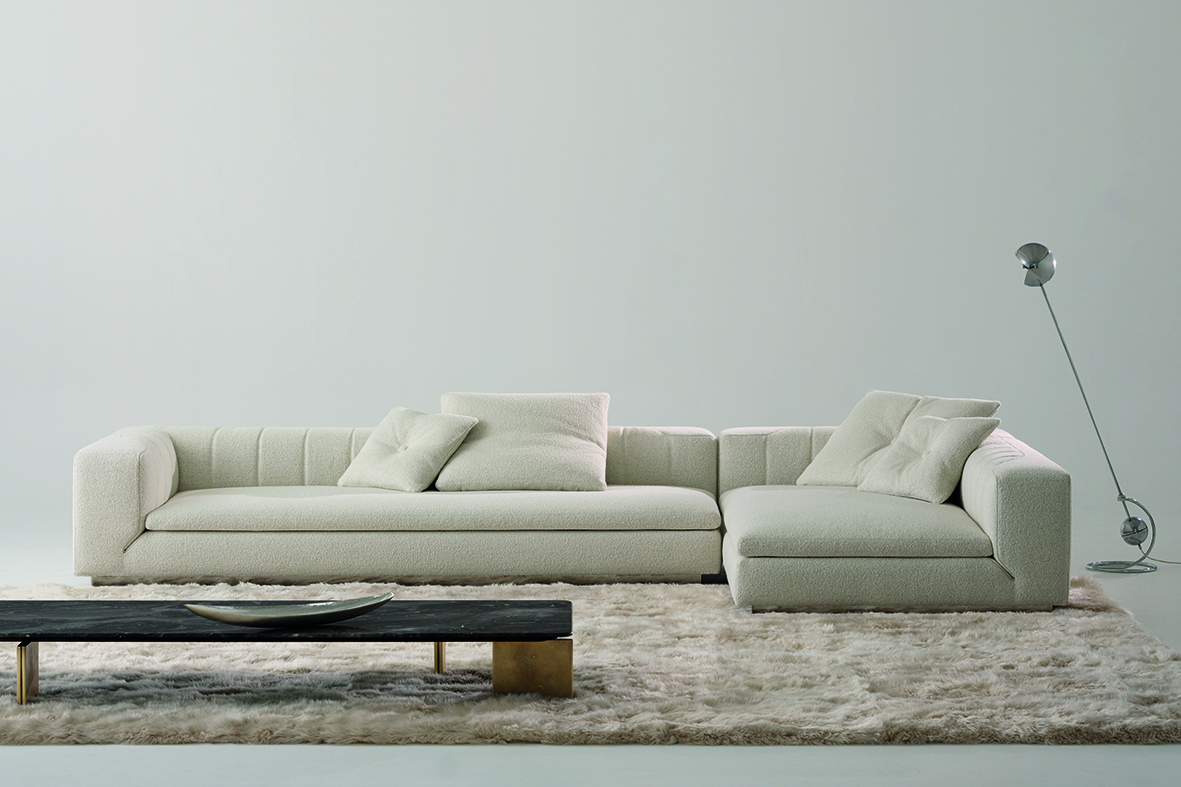 Elegance personified, the 'Riley' sofa is a handsome beast
Elegance personified, the 'Riley' sofa is a handsome beastA new sofa by Hannes Peer for Minotti has us swooning, not slouching
By Hugo Macdonald
-
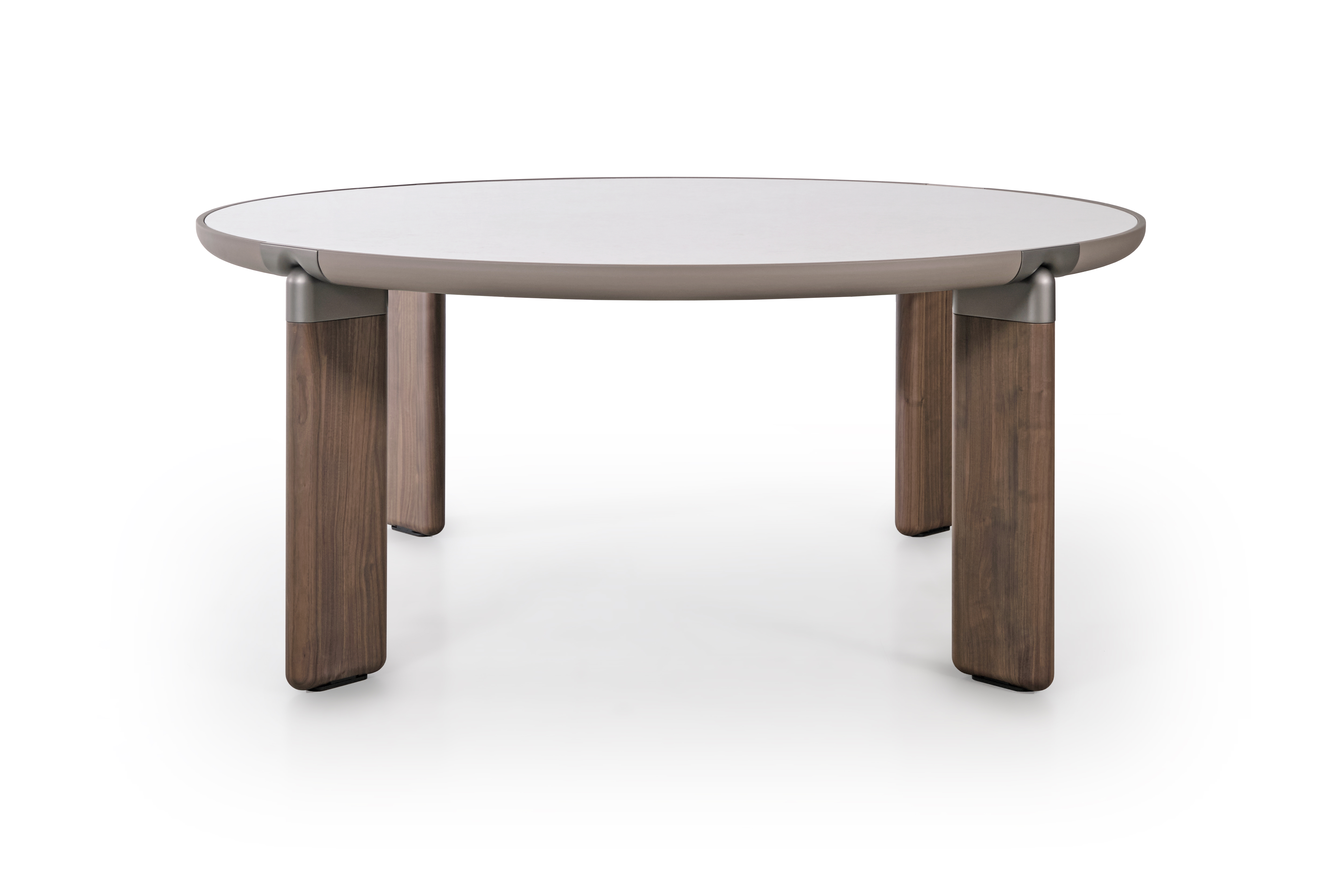 At Milan Design Week 2025, Turri launches a circular dining table fit for ceremonial feasts
At Milan Design Week 2025, Turri launches a circular dining table fit for ceremonial feastsThe new ‘Kenobi’ by Marco Acerbis for Turri is the kind of dining table we like to get around
By Hugo Macdonald
-
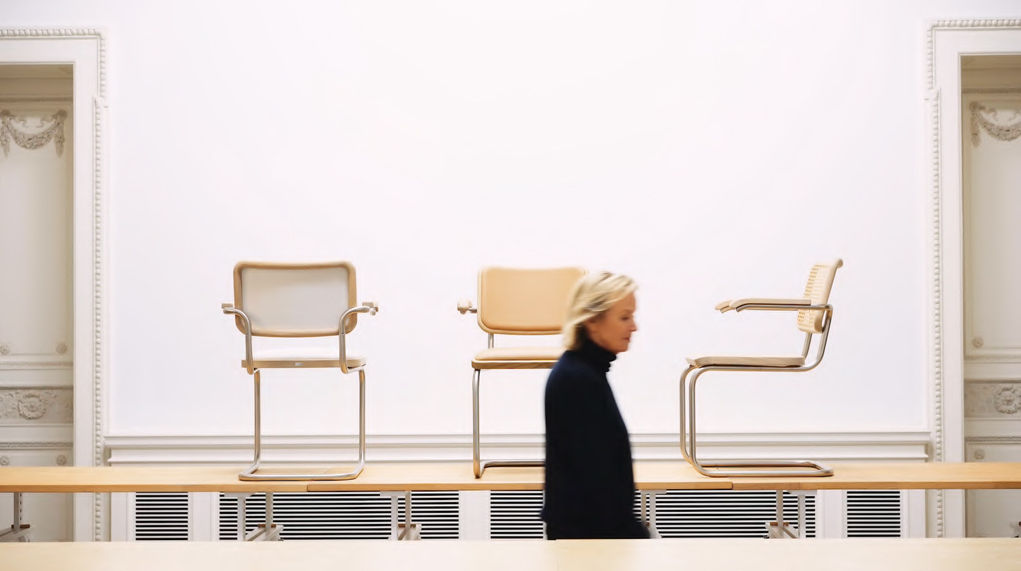 All hail Jil Sander’s first foray into furniture
All hail Jil Sander’s first foray into furnitureAt Milan Design Week, the venerated fashion designer unveils a respectful take on a tubular furniture classic for Thonet
By Nick Vinson
-
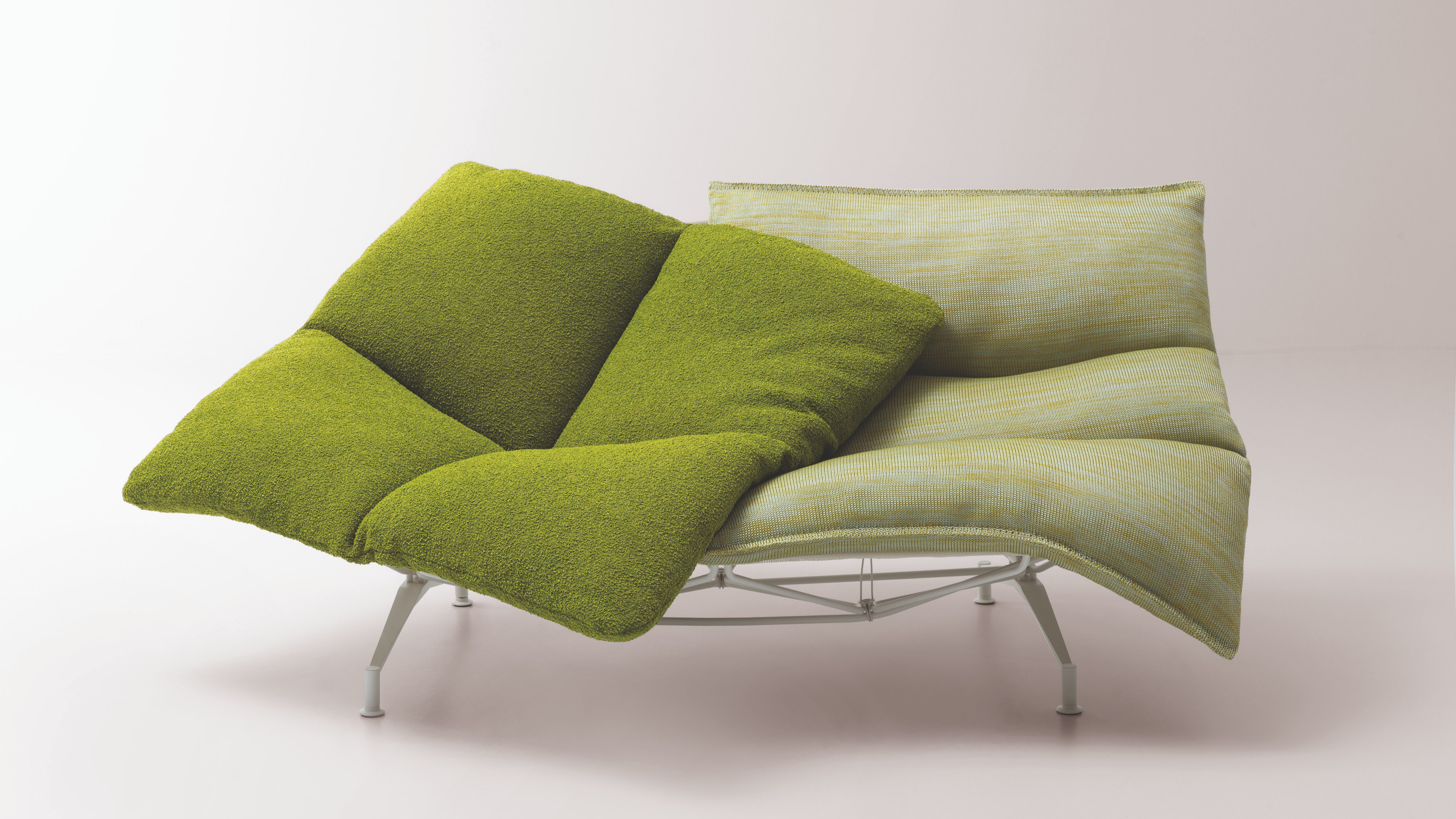 Paola Lenti unveils future-facing ‘Alma’ outdoor seating
Paola Lenti unveils future-facing ‘Alma’ outdoor seatingAt Milan Design Week 2025, Argentine designer Francisco Gomez Paz and Italian brand Paola Lenti unveil ‘Alma’ – a lightweight, technically advanced outdoor seating system
By Ali Morris